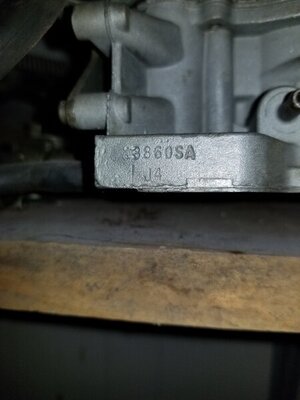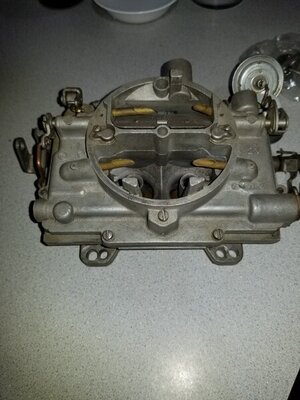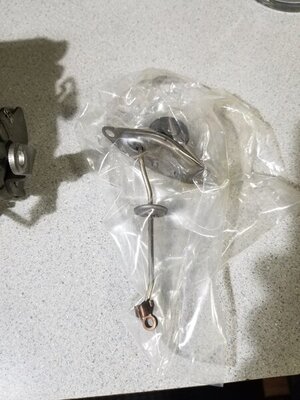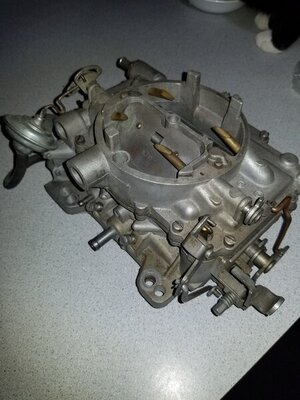I'm aware of some of many significant differences on a given series of Carter carbs, specifically to the numbers of the '64 Mopar 413 engine. This is beside the obvious differences in thtottle bore size and venturii diameters. Some variations deal with the calibration of the primary booster venturii's idle fuel metering orifices in addition to the as cast venturii dimensions, perhaps main body castings.
Like you, I've rebuilt and/or modified many of the Mopar carbs, ranging from the LA 273, B 383, RB 413, 426 and 440 AFBs....yes, there are many similarities but there are an equal or greater number of slight variations that characterize the intended application. Sometimes, not all variations are superficially visible. Not all variations may be applicable. For example, what is the major difference (or similarity) between a auto transmission application vs a standard transmission application for the same engine size (beside the metering elements)?
In response to the OP's initial inquiry, I believe the difference between a 383 and a 426 is bore size and venturii diameters plus metering. But, I wish that I had as a reference, Carter's "master listing" model number by individual part number list and the different "revisions". At this point in time, I'm not sure if such a publication exists or if it could be purchased. Perhaps we should collaborate and publish a Carter carb lusting by model and part number.......food for thought.....
BOB RENTON




















